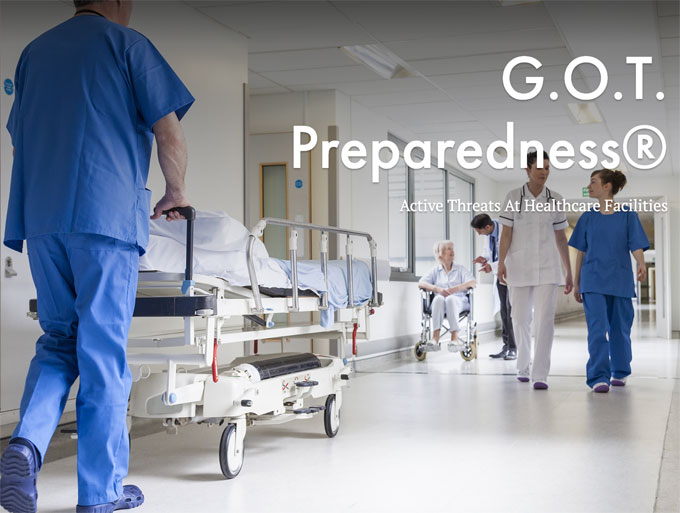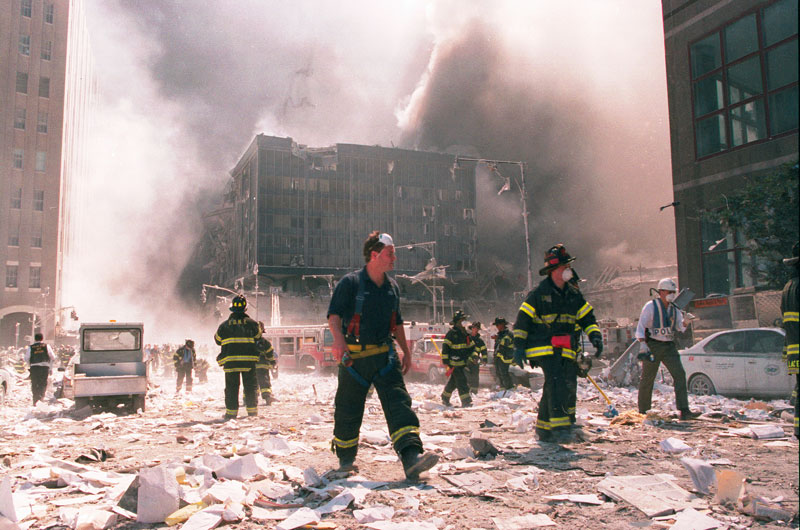
March, 2028 – In Breaking News – National Review
The Justice Department wants the power to detain suspects indefinitely without trial. That was the storyline last week.
DOJ, you were to believe, was exploiting the COVID-19 crisis to carry out a Constitution-shredding gambit, completely in line with two intertwined media caricatures: Donald Trump’s authoritarian streak and Bill Barr’s long held affinity for executive branch imperialism.

If you listened to enough of the commentary around the initial reports, you were pretty sure Trump and Barr were about to lock up Joe Biden, the prime-time hosts at MSNBC, and maybe even the New York Times editorial board.
It should by now go without saying that the distorted story was remote from reality.
The Justice Department made some proposals . . . but it did so at the urging of Congress, not unilaterally.
The upshot was to empower the courts, not the executive. In fact, “empower” is an overstatement.
 The idea was to give judges latitude to deal with due process deadlines that necessarily become problematic when some catastrophic event undermines the capacity of courts to function.
The idea was to give judges latitude to deal with due process deadlines that necessarily become problematic when some catastrophic event undermines the capacity of courts to function.
The profound challenge that the COVID-19 pandemic poses to our health-care system, potentially in all U.S. states and territories, is the predominant news story of 2020.
Less obvious but all too real nonetheless is the challenge it poses for the criminal-justice system.
This is an unavoidable consequence of any kind of “critical incident” — the jargon that security personnel and first responders use to describe catastrophic events, which include everything from natural disasters (e.g., earthquakes) to medical emergencies to terrorist attacks.
I was still a federal prosecutor when we had to deal with the 9/11 attacks.
 The World Trade Center, which was destroyed on September 11, 2001, was located just a few blocks from the federal and state courthouses in lower Manhattan.
The World Trade Center, which was destroyed on September 11, 2001, was located just a few blocks from the federal and state courthouses in lower Manhattan.
Also in the vicinity were detention facilities, the headquarters of both the New York City Police Department and the FBI’s New York field office, and prosecutors’ offices (including the Southern District of New York, where I worked).
Because conditions were too dangerous near Ground Zero, we had to move operations to a nearby “offsite” along the West Side Highway.
It became the hub of what developed into the most expansive investigation in American history.
The probe stretched nationwide and overseas, in conjunction with desperate search and rescue operations (nearly 3,000 Americans having been killed — and original estimates suggesting the death toll could be multiples higher), intelligence analyses indicating that additional jihadist strikes could be imminent, a campaign of anthrax mailings (real and fake) that further compromised government functions, and preparations for responsive combat operations in Afghanistan.
Continue reading… Law Enforcement in a Time of Crisis
AST strives to meet a 3 STAR trustworthiness rating, based on the following criteria:
- Provides named sources
- Reported by more than one notable outlet
- Includes supporting video, direct statements, or photos

















